Friday, April 27, 2012
Shotacon
From Wikipedia, the free encyclopedia
Jump to: navigation, search
This article may contain original research. Please improve it by verifying the claims made and adding references. Statements consisting only of original research may be removed. More details may be available on the talk page. (September 2008)
Part of a series on
Anime and Manga
Anime eye.svg
Anime
History • Longest series
Industry • Companies
ONA • OVA
Fansub • Fandub
Manga
History • Publishers
Scanlation • Dojinshi
International market
Longest series
Mangaka (List)
Demographic groups
Children
Shonen • Shojo
Seinen • Josei
Genres
Harem • Magical girl
Mecha • Yaoi • Yuri
Selected biographies
Shotaro Ishinomori
Rakuten Kitazawa
Koichi Mashimo
Katsuji Matsumoto
Leiji Matsumoto
Hayao Miyazaki
Go Nagai
Yoshiyuki Tomino
Shoji Kawamori
Toshio Suzuki
Osamu Tezuka
Year 24 Group
Fandom
Conventions (list) • Clubs • Cosplay
Anime music video • Otaku
Yaoi fandom
General
Omake • Terminology
Anime and Manga Portal
* v
* t
* e
Shotacon (?????, shotakon?), sometimes shortened to shota (???, shota?), is a Japanese slang portmanteau of the phrase Shotaro complex (??????????, shotaro konpurekkusu?) and describes an attraction to young boys, or an individual with such an attraction.[citation needed] Outside Japan, the term is used less often with this meaning. It refers to a genre of manga and anime wherein pre-pubescent or pubescent male characters are depicted in a suggestive or erotic manner.[nb 1] It can also apply to postpubescent (adolescent or adult) characters with youthful neotenic features that would make them appear to be younger than they are.[2] The phrase is a reference to the young male character Shotaro (????) from Tetsujin 28-go[3] (reworked in English as Gigantor). The equivalent term for attraction to (or art pertaining to erotic portrayal of) young girls is lolicon.
The usage of the term in both Western and Japanese fan cultures includes works ranging from explicitly pornographic to mildly suggestive, romantic or entirely nonsexual. As with lolicon, shotacon is related to the concepts of kawaii (cuteness) and moe (in which characters are presented as young, cute or helpless in order to increase reader identification and inspire protective feelings). As such, shotacon themes and characters are used in a variety of non-erotic media. Elements of shotacon, like yaoi, are comparatively common in shojo manga, such as the popular translated manga Loveless (which features an eroticized but unconsummated relationship between the 12-year-old male protagonist and his 20-year-old male "fighter unit"), or the young-appearing character Honey in Ouran High School Host Club. Seinen manga, particularly that aimed at otaku, also occasionally presents eroticized adolescent males in a non-pornographic context, such as the cross-dressing 16-year-old boy in Yubisaki Milk Tea.
Some critics claim that the shotacon genre contributes to actual sexual abuse of children,[4] while others point out that there is no evidence for this,[4] or that there is evidence to the contrary.[5]
Contents
[hide]
* 1 Origins
* 2 Shotacon publications
* 3 See also
o 3.1 Legal aspects
* 4 Notes
* 5 References
[edit] Origins
The term "shotacon" is a Japanese portmanteau of Shotaro complex (??????????, Shotaro konpurekkusu?), a reference to the young male character Shotaro (???) from Tetsujin 28-go.[3]
In the anime and manga series, Shotaro is a bold, self-assertive detective who frequently outwits his adversaries and helps to solve cases. Throughout the series, Shotaro develops close friends within the world. His bishonen cuteness embodied and formed the term "shotacon", putting a name to an old sexual subculture.
Where the shotacon concept developed is hard to pinpoint, but some of its earliest roots are in readers responses to detective series written by Edogawa Rampo. In his works, a character named Yoshio Kobayashi of "Shonentanteidan" (Junior Detective Group, similar to the Baker Street Irregulars of Sherlock Holmes) forms a deep dependency with adult protagonist Kogoro Akechi. Kobayashi, a beautiful teenager, constantly concerns himself with Kogoro's cases and well-being, and for a time moves in with the unmarried man. This nonsexual but intimate adult-boy relationship in part inspired the evolution of the shotacon community.
Tamaki Saito describes the modern shotacon dojinshi community as having largely formed in the early 1980s and having a roughly even split between males and females.[3] Saito suggests that shotacon was originally an offshoot of yaoi, but when adopted by male readers became influenced by lolicon; thus, he claims "shota texts by female yaoi authors are structurally identical to yaoi texts, while shota by male otaku clearly position these little boys as young girls with penises."[6]
[edit] Shotacon publications
Shotacon stories are commonly released in semi-monthly anthologies. Sometimes, however, manga artist will publish individual manga volumes. Many shotacon stories are published as doujinshi; Shotaket (???????) [nb 2], an annual convention to sell shotacon doujin material, was founded in 1995,[8] apparently by a group of male creators.[3] The 2008 Shotaket had over 1000 attendees and offered work from nearly 200 circles.[8]
Shotacon for women is almost exclusively yaoi, and may be published in general yaoi anthology magazines or in one of the few exclusively shotacon yaoi anthologies, such as Shonen Romance. Because of the possible legal issues, US publishers of yaoi have avoided material depicting notably underage characters.[9] In 2006, Juné released an English translation of Mako Takahashi's Naichaisouyo (?????????) under the title "Almost Crying",[10] a non-erotic shotacon manga; the book contains several stories featuring pubescent male characters, but their relationships are nonsexual.
Shotacon for male readers may feature heterosexual relationships ("straight shota") or male-male relationships.[nb 3] Shota stories may be published in (a subset of) general seijin (men's pornographic) manga anthologies or in the few seijin shota manga anthologies, such as Shonen Ai no Bigaku, which specializes in male-male stories. Some gay men's magazines which offer a particularly broad mix of pornographic material occasionally run stories or manga featuring peri-pubescent characters.[11]
In 2006, the seijin shotacon OVA anime Boku no Pico (??????, lit. My Pico), which the producer has described as the first shotacon anime,[12] was released. It was later followed by three sequels. However, three years previously an OVA based on the eroge Enzai was created, featuring explicit sexual acts involving young boys.
Subscribe to:
Post Comments (Atom)

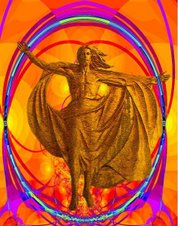
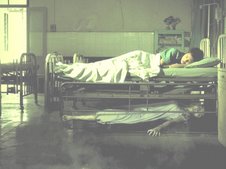
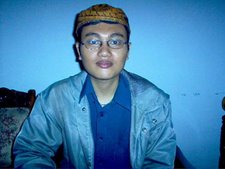

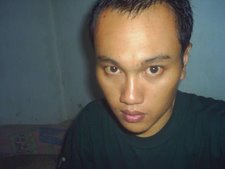
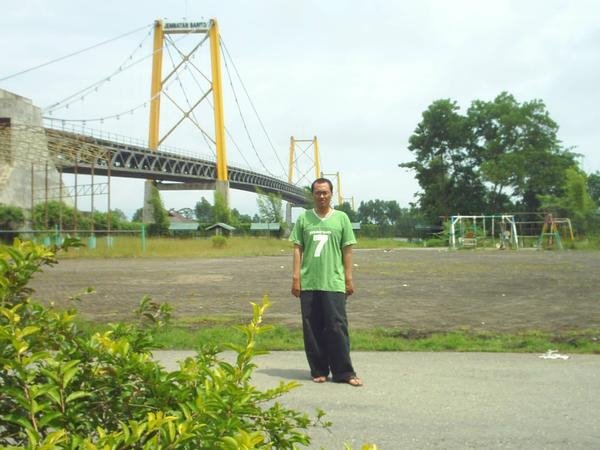
No comments:
Post a Comment